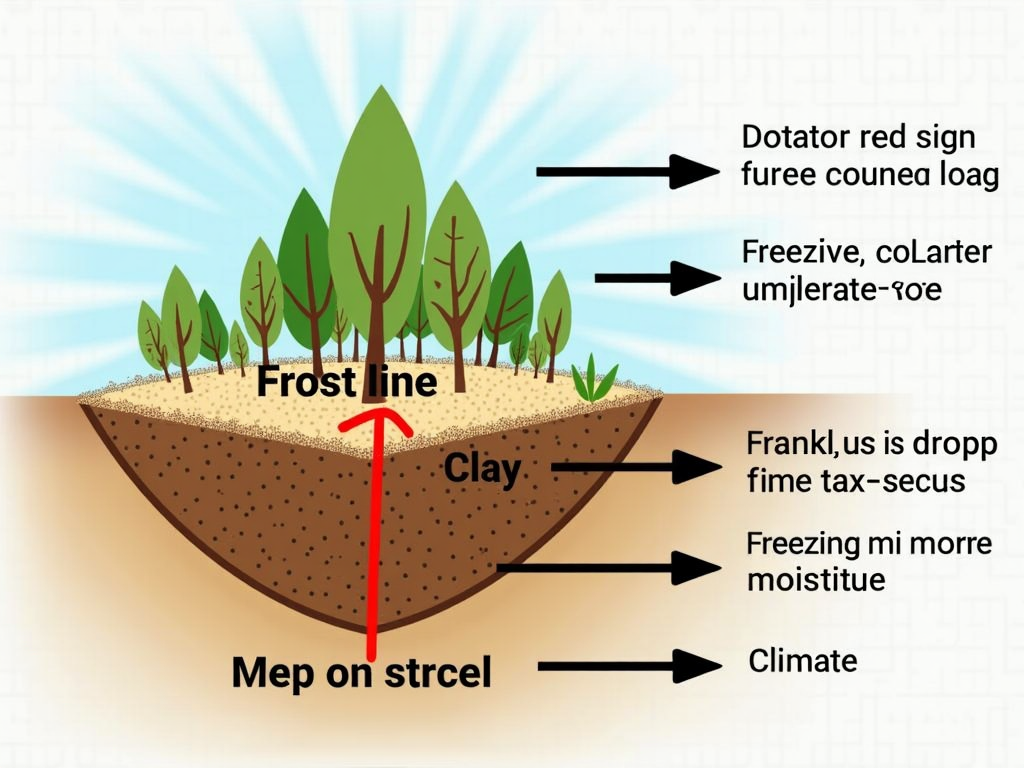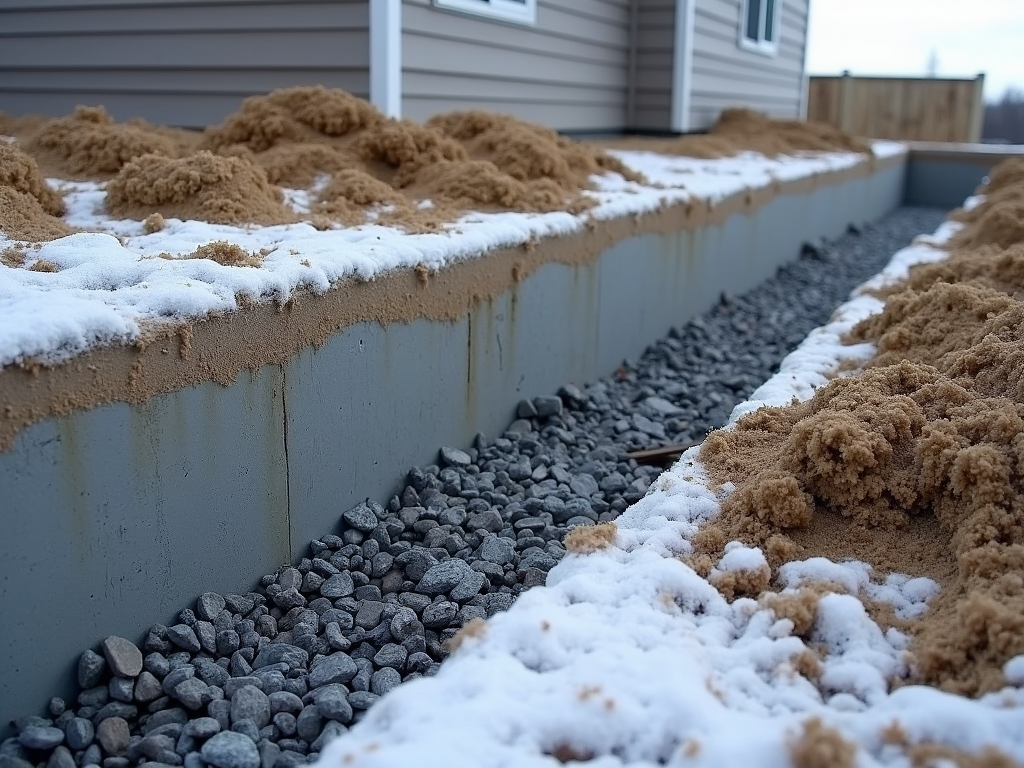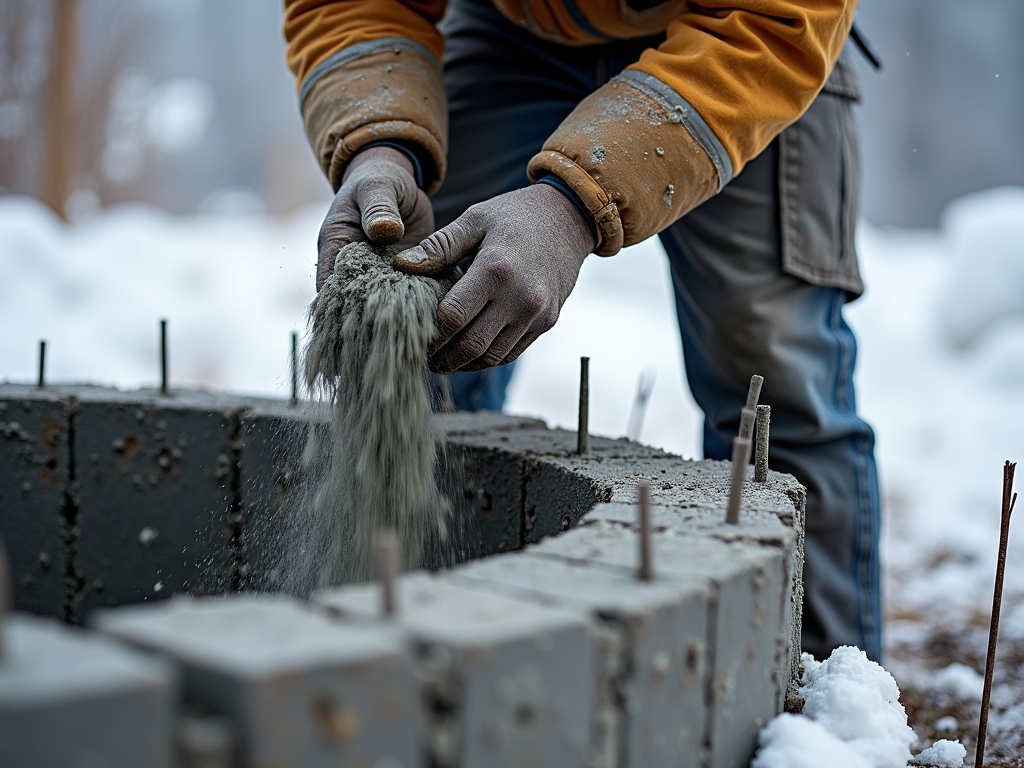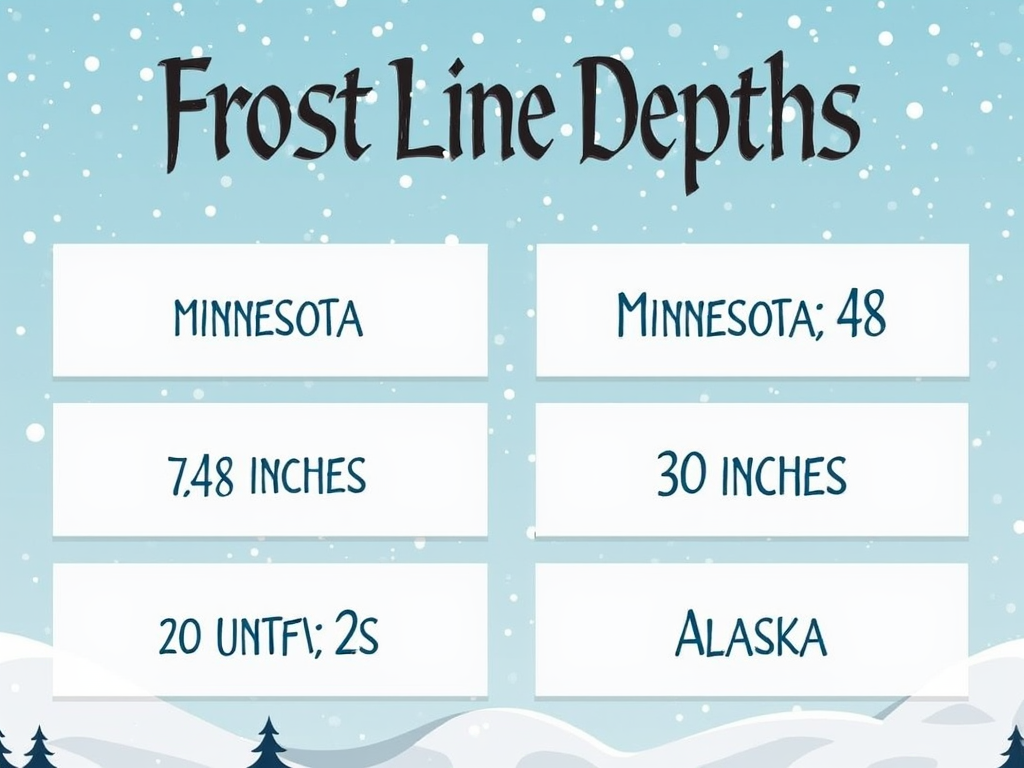Building Code Requirements for Foundations in Cold Regions
Overview
Building homes or structures in cold regions comes with unique challenges. The Building Code Requirements for Foundations in Cold Regions ensure safety and durability despite freezing temperatures. This article explores frost line depths, footing calculations, and practical tips—perfect for builders and engineers alike.
Why Foundations Matter in Cold Climates
In cold regions, the ground freezes every winter. This freezing can push foundations upward, causing cracks or even collapse. That’s why building codes exist—they set rules to keep structures steady. I’ve seen projects fail because these rules were ignored, so let’s break them down.

What Is the Frost Line?
The frost line is how deep the ground freezes in winter. It’s a big deal because foundations need to sit below it. If they don’t, the soil can freeze, expand, and lift the building—a problem called frost heave. Codes give frost line guidelines for structural engineers to avoid this mess.
Figuring out the frost line depth depends on where you are. In Minnesota, it might be 4 feet; in Alaska, it could hit 6 feet or more. Soil type and moisture play a role too. Wet, clay-heavy soil freezes deeper than dry, sandy soil. Local codes tell you the exact depth for your area.

How to Calculate Footing Size
Footings are the wide base of a foundation. They spread out the building’s weight so it doesn’t sink or shift. In cold regions, footing calculation gets tricky because the frost line adds extra rules. Codes say footings must go below the frost line and be big enough to handle the load.
Here’s a simple way to think about it: - Step 1: Find the frost line depth (check local codes). - Step 2: Measure the building’s weight (think walls, roof, snow). - Step 3: Size the footing so it’s wide and deep enough to stay stable. For a small house, that might mean a 2-foot-wide footing at 5 feet deep. Bigger buildings need more.

My Experience with Cold Region Foundations
A few years back, I worked on a cabin in northern Michigan. The frost line there was 4.5 feet—deeper than I expected. We hit bedrock at 3 feet, so digging deeper was tough. The code required us to go below the frost line, so we used a rock breaker. It was slow, but it kept the foundation solid.
That job taught me something else: insulation matters. We wrapped the footing with foam boards to keep the soil from freezing around it. Codes often suggest this, along with gravel drainage to move water away. Skip these steps, and you’re asking for trouble.

Key Building Code Rules
Here’s a quick list of what codes usually require: - Foundations below the frost line (depth varies by location). - Footings sized for the building load and soil type. - Drainage to keep water from pooling. - Insulation in extra-cold spots. These rules aren’t optional—they’re there to stop disasters.
For example, the International Building Code (IBC) sets base standards, but local rules tweak them. In my Michigan project, the county added a rule for extra footing width because of heavy snow loads. Always check your area’s specifics.

Common Mistakes to Avoid
I’ve seen builders cut corners and regret it. One guy set his footing at 3 feet when the frost line was 4 feet. By spring, the house tilted. Another skipped drainage, and water froze under the foundation, cracking it. Following the Building Code Requirements for Foundations in Cold Regions saves you from these headaches.
Tools and Tips for Success
Use a frost depth map to start—it’s an easy way to estimate your line. Test the soil too; a quick sample can show if it’s clay or sand. And don’t guess on footing size—use a calculator or hire an engineer. These steps make sure you’re code-ready.

Wrapping Up
Building in cold regions isn’t easy, but the right foundation makes it work. The Building Code Requirements for Foundations in Cold Regions guide you through frost line depths and footing calculations. With good planning, insulation, and drainage, your structure will stand strong. Check your local codes and dig in—literally!





